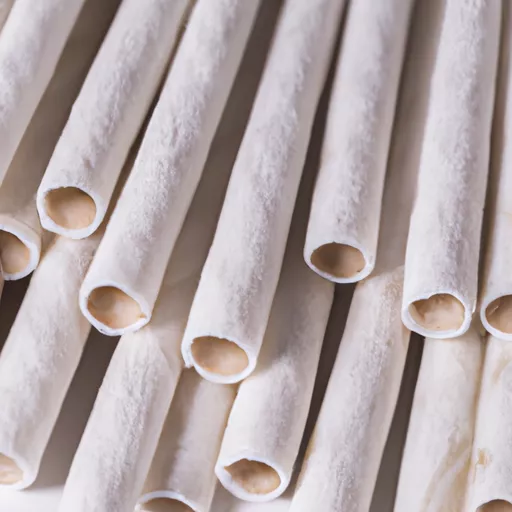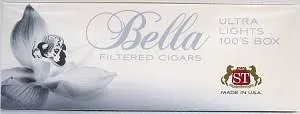little white cigars

As someone who enjoys smoking on occasion, I have discovered a newfound love for little cigars. These petite versions of traditional cigars have quickly gained popularity among smokers for their convenience, affordability, and unique flavor profiles. In this article, I will provide an in-depth exploration of little cigars, from their history and manufacturing process to the different types and flavors available on the market today.
First and foremost, let’s delve into the history of little cigars. The origins of cigar smoking can be traced back to the indigenous people of the Caribbean, who would roll tobacco leaves into cylindrical shapes for ceremonial purposes. The practice was later adopted by European settlers and spread throughout the world. However, it wasn’t until the late 19th century that little cigars came into existence.
In the United States, cigarettes became popular in the early 20th century, but some smokers still preferred the taste and quality of traditional cigars. To cater to this market, little cigars were created as a more affordable and convenient option. They were shorter in length, thinner in gauge, and often made with a blend of natural and homogenized tobaccos. This allowed manufacturers to use scraps of tobacco that were not suitable for premium cigars, making little cigars more cost-effective.
The manufacturing process of little cigars is similar to that of traditional cigars, but on a smaller scale. The leaves used for wrapping are moistened and sorted by color and size. They are then hand-rolled or placed in a machine to create the shape and size desired. The cigars are then dried and aged, which allows the flavors to develop. The final step is packaging and distributing the cigars to retailers.
Now, let’s dive into the different types of little cigars available on the market. The most common types are filtered and non-filtered. Filtered little cigars have a filter on the end to reduce the amount of tar and nicotine that is inhaled. Non-filtered little cigars, on the other hand, do not have a filter and are usually stronger in flavor and contain more nicotine.
Little cigars also come in a variety of flavors, ranging from traditional tobacco flavors to fruity and sweet options. These flavors are often created by infusing the tobacco with different ingredients or by using flavored wrappers. Some popular flavors include vanilla, chocolate, cherry, and menthol. Personally, I enjoy trying out different flavors and seeing how they enhance the smoking experience.
One of the main advantages of little cigars is their convenience. They are smaller and lighter than traditional cigars, making them easy to carry around in a purse or pocket. This makes them perfect for outdoor events or when you’re on the go. They also come in individual packs or cartons, allowing you to purchase only what you need and not have to worry about storing a large box.
Another benefit of little cigars is their affordability. They are significantly cheaper than premium cigars, making them a great option for smokers on a budget. The cost of a pack or carton will vary depending on the brand and flavor, but overall, they are more cost-effective than cigarettes as well.
In terms of health effects, little cigars still contain nicotine and should be consumed in moderation. However, compared to cigarettes, they have a lower risk of causing lung diseases and other health issues. This is because they are not inhaled as deeply as cigarettes and typically have less tobacco and additives in them. Additionally, the use of a filter can help reduce the amount of tar and nicotine that is inhaled.
Nowadays, little cigars have gained a dedicated following among cigar smokers and even non-smokers who appreciate the unique flavors and convenience they offer. They have also become a popular choice among young adults, who are drawn to the wide array of flavors and affordable prices. However, as with any tobacco product, it is important to consume little cigars responsibly and in moderation.
In conclusion, little cigars have come a long way since their inception in the late 19th century. They offer a convenient and affordable alternative to traditional cigars, with a variety of flavors to suit different tastes. While they may not be as prestigious as premium cigars, they have carved out a niche in the smoking industry and continue to gain popularity among smokers. So the next time you’re looking for a quick and enjoyable smoking experience, don’t overlook the charm and allure of little cigars.
